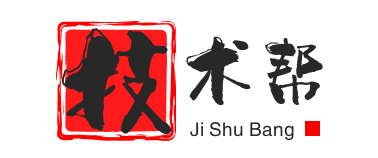在网页设计中,单选框(Radio Button)是一种常见的表单元素,它允许用户从一组选项中选择一个,默认情况下,单选框的形状通常是一个小圆圈,选中时圆圈内部会出现一个点,有时设计师希望改变单选框的形状,以适应特定的设计风格,在HTML中,直接改变单选框的形状是不可能的,因为这是浏览器的默认行为,我们可以通过CSS来改变单选框的外观,或者使用JavaScript来创建自定义样式的单选框。
我们可以通过CSS来隐藏默认的单选框,并在旁边放置一个自定义的元素,比如一个图片或者一个带有伪元素的标签,通过JavaScript来控制这个自定义元素的选中状态,这样,用户在点击自定义元素时,实际上是在操作背后的单选框。
以下是一个简单的例子,展示了如何使用CSS和HTML来创建一个自定义形状的单选框:
<!DOCTYPE html>
<html lang="en">
<head>
<meta charset="UTF-8">
<meta name="viewport" content="width=device-width, initial-scale=1.0">
<title>Custom Radio Button</title>
<style>
/* 隐藏默认的单选框 */
input[type="radio"] {
display: none;
}
/* 自定义单选框的样式 */
.radio-custom {
display: inline-block;
width: 20px;
height: 20px;
border: 2px solid #000;
border-radius: 50%;
margin-right: 10px;
position: relative;
cursor: pointer;
}
/* 当单选框被选中时的样式 */
input[type="radio"]:checked + .radio-custom::after {
content: '';
display: block;
width: 10px;
height: 10px;
background-color: #000;
border-radius: 50%;
position: absolute;
top: 50%;
left: 50%;
transform: translate(-50%, -50%);
}
</style>
</head>
<body>
<form>
<input type="radio" id="option1" name="options" value="option1">
<label for="option1" class="radio-custom"></label> Option 1
<input type="radio" id="option2" name="options" value="option2">
<label for="option2" class="radio-custom"></label> Option 2
<input type="radio" id="option3" name="options" value="option3">
<label for="option3" class="radio-custom"></label> Option 3
</form>
</body>
</html>
在这个例子中,我们首先隐藏了默认的单选框,然后为每个单选框创建了一个自定义的标签元素,这个元素有一个圆形的边框,当单选框被选中时,我们在圆形边框内部添加了一个黑色的圆形点,以表示选中状态。
这种方法的优点是可以完全自定义单选框的外观,使其适应各种设计风格,这种方法也有缺点,比如它需要额外的HTML和CSS代码,而且在不同的浏览器和设备上可能需要调整样式以确保一致性,这种方法可能不会完全符合无障碍网页设计的标准,因为自定义元素可能不会被屏幕阅读器正确识别。
虽然HTML本身不允许直接改变单选框的形状,但通过CSS和JavaScript,我们可以实现自定义样式的单选框,在设计时,我们需要考虑到兼容性和无障碍性,确保所有用户都能方便地使用网页。

